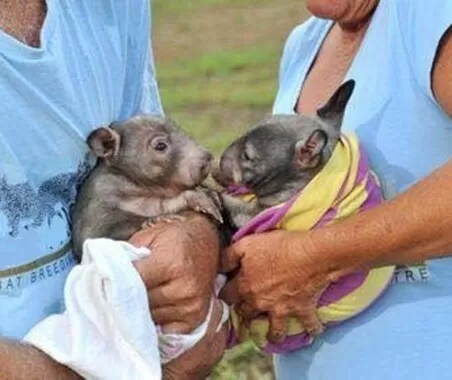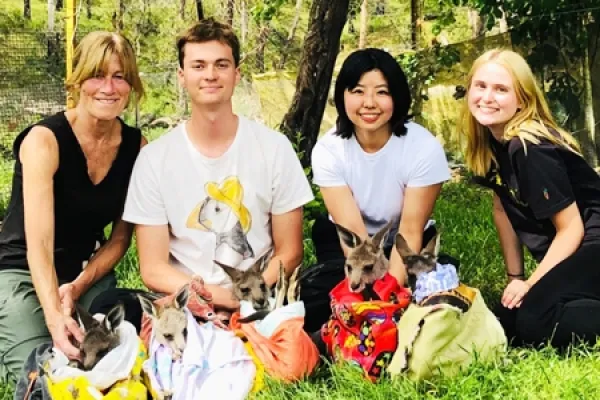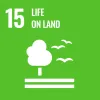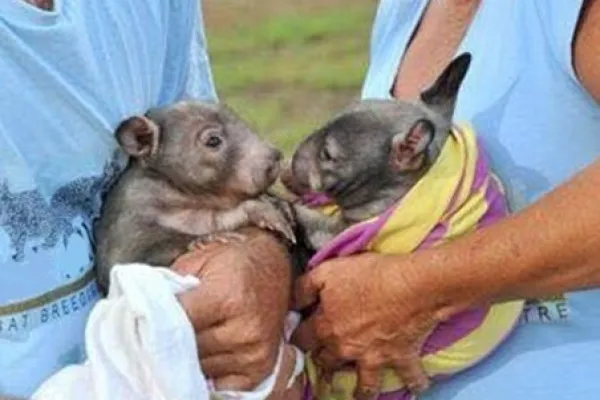Overview
Il programma in Australia è pensato per tutti quegli amanti degli animali che desiderano fare volontariato all'estero per una causa significativa e contribuire efficacemente al benessere degli animali autoctoni. Il progetto è situato vicino a Mount Larcom, una cittadina rurale nel nord dell'Australia. Come volontario, lavorerai in un centro di soccorso e in una casa rifugio, che ospita un'abbondanza di animali in custodia temporanea o permanente in qualsiasi momento. Oltre al Bridled Nailtail Wallaby e al Northern and Southern Hairy-nosed Wombat, potresti prenderti cura di animali selvatici come petauri dello zucchero, lucertole, serpenti non velenosi, koala e uccelli autoctoni.
Sarà una grande opportunità per lavorare a stretto contatto con ambientalisti professionisti. Il programma fornisce assistenza medica per animali selvatici feriti, malati e orfani attraverso il suo programma di soccorso e riabilitazione. Gli animali vengono curati fino a quando non guariscono, con l'obiettivo di essere abbastanza in forma da poter essere rilasciati di nuovo in natura. L'assistente della fauna selvatica offre anche una serie di programmi di educazione alla fauna selvatica che sottolineano l'importanza di mantenere un ambiente naturale sano per garantire il benessere delle specie autoctone australiane.
Orario di lavoro volontario
Orario di lavoro volontario
È importante che i volontari siano disposti a lavorare e a mostrare iniziativa, poiché ogni giorno ci sono compiti specifici che devono essere completati prima che tutti i volontari partano.
La maggior parte del tempo è dedicata alla pulizia e all'alimentazione degli animali e dei loro recinti.
5.15 AM - Colazione
5.30 AM - Pulizia dei recinti/alimentazione degli animali
10.30 – 10.45 – Tè del mattino
10.45-12.00 - Pulizia recinti/alimentazione animali
12:00 – 14:00 – Pranzo e Riposo
Dalle 14:00 in poi - Alimentazione pomeridiana
La sera è per lo più libera e viene servita la cena.
Nota: questa routine è fornita solo come guida. La routine può dipendere dalla stagione in cui si visita.
Ruoli e responsabilità dei volontari
Ruoli e responsabilità dei volontari
Come volontario per questo programma, le tue attività quotidiane potrebbero consistere in:
- Preparare il cibo per gli animali
- Nutrire gli animali
- Pulizia dei recinti degli animali
- Fornire arricchimento per gli animali
- Doveri di lavanderia
- Mantenere il terreno del progetto pulito e ordinato
Altre attività possono includere:
- Attività di manutenzione, comprese le chiusure degli edifici
- Raccolta/raccolta di cibo per gli animali
- Piantare alberi
- Partecipare ai salvataggi degli animali
- Partecipare al rilascio degli animali
- Catturare i wallaby dalla coda a unghia per il controllo sanitario trimestrale
- Attività di raccolta fondi, ad esempio bancarelle o distribuzione di volantini
- Coinvolgimento in eventi educativi della comunità
I volontari devono tenere presente che questo è un progetto in cui non è previsto l'intervento umano e che non è consentito toccare gli animali a meno che non venga loro concesso un permesso specifico e venga loro mostrato come fare.
Project Requirement
Project Requirement
I volontari devono avere 18 anni o più al momento dell'adesione al progetto. Devi avere una mente aperta e un atteggiamento flessibile per lavorare in un ambiente nuovo e diverso. Il volontario deve portare energia ed entusiasmo per fare la differenza. I partecipanti devono essere in forma e in salute al momento dell'adesione al programma. Ogni volontario è tenuto a mostrare la prova della vaccinazione antitetanica prima di aderire al programma. Il programma è adatto a coloro che hanno un vivo interesse per la conservazione degli animali e della fauna selvatica. Tuttavia, il programma è aperto a tutti e non sono necessarie le qualifiche necessarie per aderire al programma. I partecipanti devono essere preparati a lavorare all'aperto e devono essere in forma e in salute.
Schedule a Google Meet with a Program Advisor
Interested in our programs? We're here to provide expert guidance
- Get Detailed Info
- 20 min One -on-One meeting
- Get expert advise
- Application Guidance
Photo Gallery
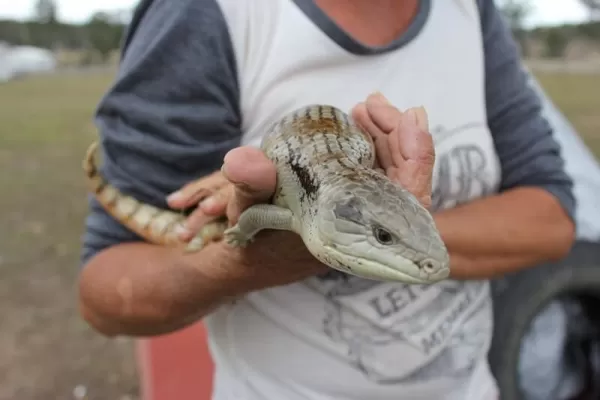
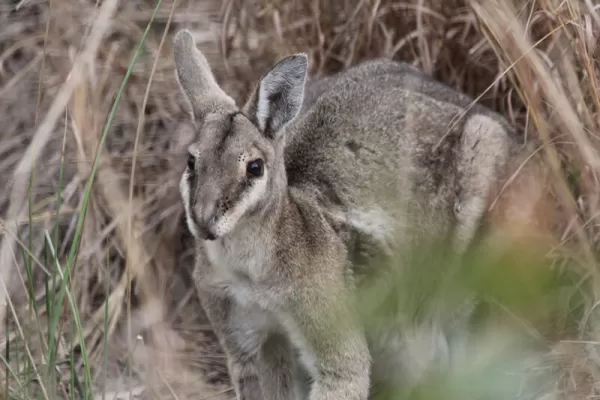
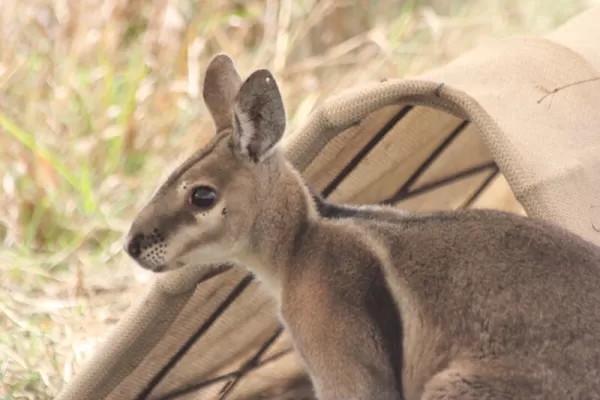
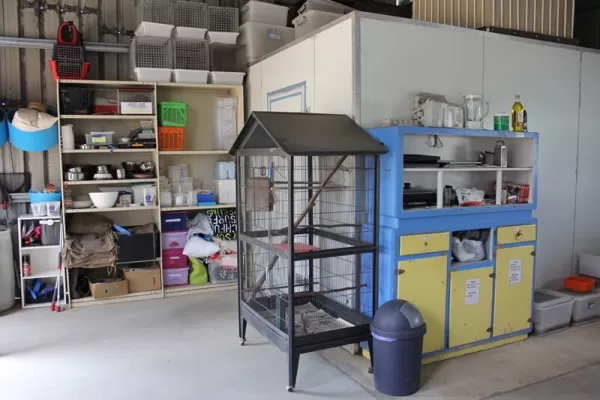
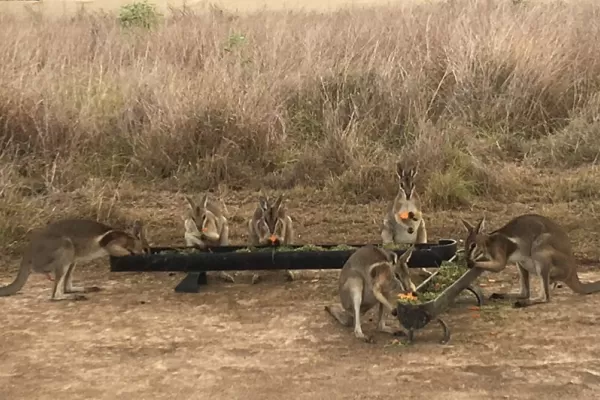






Living
Living
Informazioni sull'arrivo
I volontari devono prenotare i loro voli per arrivare all'aeroporto di Gladstone (codice aeroporto: GLT) dopo aver preso un volo di coincidenza da Brisbane. Assicurati di prenotare i tuoi voli per arrivare a Gladstone tra le 9:00 e le 16:00. In alternativa, puoi anche prendere un autobus o un treno da Brisbane a Gladstone. I volontari possono essere prelevati dall'aeroporto di Gladstone oppure possono prendere un treno o un autobus per la città locale per essere prelevati. Il progetto si trova vicino a Mount Larcom (35 km a ovest di Gladstone), nel Queensland. I volontari possono essere prelevati da Gladstone oppure possono arrivare direttamente a Mount Larcom in treno o autobus. All'arrivo, i volontari vengono prelevati e trasportati al sito del progetto.
Orientamento
I volontari saranno orientati e guidati sul lavoro da svolgere. La prima settimana prevede molta formazione sul posto di lavoro, poiché ogni volontario impara i diversi compiti coinvolti nella cura degli animali e i diversi lavori che devono essere svolti per supportare gli animali e la manutenzione del progetto.
Alloggio
I volontari alloggiano in loco presso il progetto in camere singole con bagno in comune. Sono presenti lavanderie in loco.
Pasti
Pasti principali e tè del mattino/pomeriggio sono forniti nel progetto; pasti vegetariani e vegani sono disponibili su richiesta. I volontari devono portare la propria scorta di spuntini e c'è una gita settimanale a Gladstone per fare scorta di provviste. I volontari hanno accesso a una cucina comune e sono tenuti a preparare i propri pasti e spuntini.
Nel tuo tempo libero
I volontari non avranno tempo libero durante il loro soggiorno, tuttavia, possono scegliere di trascorrere del tempo a Gladstone o di dedicarsi ad alcune delle attività interessanti da fare nelle aree circostanti, prima o dopo il progetto. La Grande Barriera Corallina è a due passi, quindi fai un giro per esplorarla, fai un corso di immersioni o una crociera. A pochi minuti dalla sede del progetto si trova il punto di riferimento naturale più importante di Gladstone: il monte Larcom. Il monte Larcom è comunemente chiamato "la montagna del leone" perché assomiglia a un leone e una leonessa che si fronteggiano. Nel cuore della città c'è Goondoon Street, perfetta per amanti dello shopping e turisti. Puoi esplorare Library Square, il sito del mercato mensile di prodotti e artigianato della città.
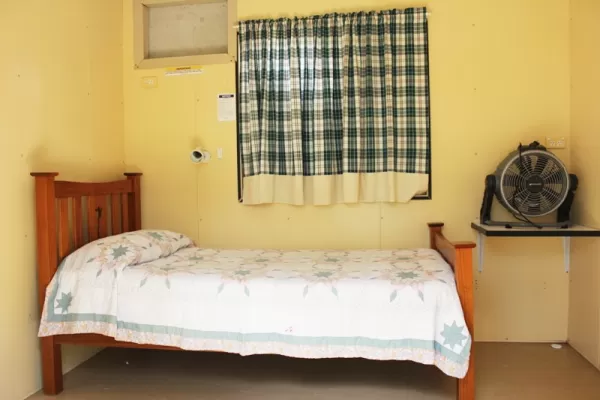
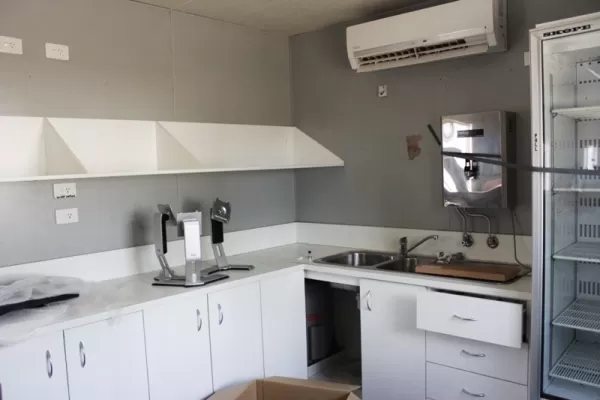
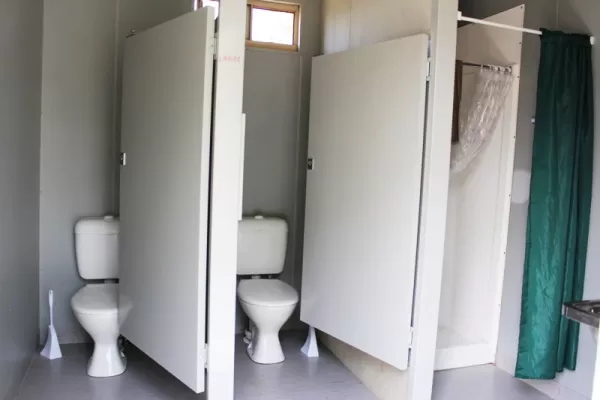
Dates
Dates
January
06
13
20
27
February
03
10
17
24
March
03
10
17
24
31
April
07
14
21
28
May
05
12
19
26
June
02
09
16
23
30
July
07
14
21
28
August
04
11
18
25
September
01
08
15
22
29
October
06
13
20
27
November
03
10
17
24
December
01
08
15
Available
Filling Fast
Booked Out
Costs
| Duration |
Program Fee
|
Choose your currency
|
|---|---|---|
| 2 Weeks | $1156 | |
| 3 Weeks | $1734 | |
| 4 Weeks | $2210 | |
| 5 Weeks | $2686 | |
| 6 Weeks | $3162 |
Please Note: An application fee of is charged over and above the program fee as an application payment. A 5% international banking fee is charged for credit card payments of program fee in USD/AUD.
Per cosa stai pagando?
- Supporto pre-partenza
- Pacchetto informativo sul progetto
- Trasferimenti dalla città locale al progetto (a seconda della disponibilità)
- Formazione sul posto di lavoro
- Alloggio
- Pasti
- Supporto nazionale 24 ore su 24
- Certificato di completamento (su richiesta)
Cosa NON è incluso?
- Voli
- Spuntini
- Assicurazione di viaggio
- Spese personali
- Visti
FAQ's
Application and Program Details
-
Can I volunteer as part of a group?
-
We encourage our participants to volunteer in a group. We take special care in providing you a placement and also customize your itinerary to make sure you get exactly what you are looking for. Also, we can design special group programs for groups of 5 or more. Our programs are designed to be safe, affordable and offer a great group volunteering experience to the volunteers.
In our experience of more than 12+ years, we have enabled and facilitated volunteer program placements for student groups- college groups, university groups, high school groups, group of families, group of couples as well as a group of colleagues.
Visit https://www.volunteeringsolutions.com/group-volunteer-abroad"; target="_blank">Group Volunteering page for more information. -
Does Vol Sol provides a reference or a certificate after program completion?
-
Yes, we will provide you with the Certificate after successful completion of your program. The certificate is provided on request.
-
When should I apply for the conservation volunteer program in Australia?
-
As we have limited spots available in our programs and we facilitate on ‘first come first serve’ basis, it is recommended that potential volunteers book their programs well in advance to get confirmed placements. You can book your slot by filling out the application form online and pay the application fee of $250 + bank charges. You can pay your program fee later and also, in installments, however, the complete payment should be made 45 days prior to the starting date of the program. If you are volunteering in a group, you can also fill a group application form.
-
What are the Program locations in Australia?
-
Volunteering Solutions provides placement to volunteers in different cities of Australia. The preference of the city should be specified in the application form. The available program locations are:
- Cairns
- Rural Gladstone
- Yackandandah
-
Does Vol Sol provides discount if I choose more than one program or if I am a returning Volunteer?
-
If you are planning to come for multiple programs in your trip, you will have to pay the application fees just once. Your application fees is valid for a year's time (from the date of application). You will not have to pay the application fees again if you come within the mentioned time frame. If you decide to volunteer in separate programs in multiple countries, you will need to fill separate applications.
-
How long does it take to process my application? Will my application be accepted?
-
After you complete your application, your personalized ‘My Account’ will be activated. You will need to upload your CV/Resume along with your photo in the same. Our backend team and the placement site takes around 10-12 days to review your application. After we review your CV and documents, your booking is confirmed and booking confirmation is updated in your ‘My Account’. Some projects need a mandatory criminal background check and the same is mentioned in the project info of your program. Approval of your application depends on your qualification and eligibility criteria for each project.
-
Can I volunteer in more than one starting location within Australia ?
-
Yes – many volunteers choose to make bookings from two or more starting locations. If you choose this option, you’ll need to arrange and pay for your own travel between starting locations. You should either leave a week in between your bookings, or arrange to rejoin at your new starting location on Monday morning as we cannot accommodate volunteers arriving on weekends.
-
Will I be in contact with animals?
-
The amount of contact volunteers have with the animals is dependent upon the project. Some are very hands on and others have limited contact.
-
Are there any necessary requirements to participate in the Australian volunteer programs?
-
Are there any necessary requirements to participate in the Australian volunteer programs?
Below are the necessary requirements to participate in the Australian volunteer projects :
– The minimum age requirement for the volunteers is 18 years and above.
– Need to have an open mind and flexible attitude for working in a new and different environment.
– The volunteer should bring energy and enthusiasm to make a difference.
– Participant must be in good health. -
When do I need to arrive in Australia for my program? What will happen once I arrive in Australia?
-
All volunteers are required to arrive at the nearest airports at their preferred location in Adelaide, Brisbane, Cairns, Canberra, Darwin, Melbourne, Perth, Sydney. The Australian programs are located near Melbourne, Sydney, Gladstone and Cairns Airports.
Health and Safety
-
How safe is Australia?
-
Australia is a tourist friendly destination. The country welcomes you with open arms. However, you have to use your prudence to stay out of the harm’s way. For example, stay in a group or with the fellow volunteers, especially when you want to hit the bar or go grab a drink. Inform your coordinator if you have plans to explore the city alone, keep your emergency contact details always with you. Your pre-departure booklet is a good source of information for you and you must read that diligently.
-
What immunizations/vaccinations will I need?
-
We recommend you consult your physician or travel doctor before travelling to Australia.
Generally the following vaccinations are recommended for travellers going to Australia :
– Yellow Fever (Required if travelling from a YFV infected country)
– Hepatitis A and B
– Typhoid -
Do I need to buy a health insurance?
-
Yes, for all participants it is mandatory to have a travel medical insurance.Volunteers have the option to purchase Travel and Medical Insurance at a nominal extra cost from Volunteering Solutions. To provide the best option to our participants, we offer comprehensive insurance coverage in collaboration with a leading insurance provider.
Accommodation and Living
-
Can I know more about the accommodation and food arrangements?
-
Accommodation will vary according to each project location. Typical accommodation includes volunteer houses, caravans, hostels, and bunkhouses. Volunteers are allotted accommodation on a sharing basis.
-
For how many hours do I have to volunteer in a day?
-
Volunteers work for 3 to 8 hours a day depending on their program. However, volunteers need to be flexible, open-minded and understand that work requirements can change as well on certain occasions.
-
Can vegetarians and vegans be accommodated?
-
Yes, however you must inform us in advance and also mention about any dietary requirement in your application form.
-
Are there more expenses once I arrive in Australia?
-
Your program fee covers your Accommodation, Food and In country Support. You will need to cover your personal expenses, such as local transport, telephone, internet, shopping, weekend trips etc.
However, you should carry around $70-80 per week for your basic personal expenses. This amount can vary and you would need a higher amount if you go on weekend sightseeing tours. -
How do I get to the accommodation and the program location?
-
You will need to make your own way to the office which is your starting point. All our offices are at central locations, and we will provide directions to help you get there.
You need to plan accordingly, in order to arrive at the office by 11am on Friday morning, and be ready to start your program.
A member of the in-country coordinating team will take you to your placement and introduce you to your project after giving you a basic orientation about the program/city/culture etc.
You will be briefed about the directions to the project from your accommodation and the mode of transport as well. -
Where can I change my money in Australia? Are there ATMs in Australia?
-
Plenty of money exchange counters and ATMs are available in Australia. at the airport as well in most Australian cities.
Connect with Past Volunteers
-
How can I connect with past Volunteering Solutions Australia alumni and other former and current volunteers?
-
We encourage volunteers to get in touch with former Volunteering Solutions Australia program participants and also other program participants joining our projects. You are recommended to join the Volunteering">https://www.facebook.com/VolunteeringSolutions/">Volunteering Solutions Facebook Page or Facebook">https://www.facebook.com/groups/volunteeringsolutions/">Facebook Group to connect with other participants.
To read alumni interviews from past participants, visit the Meet">https://www.volunteeringsolutions.com/meet-a-volunteer">Meet a Volunteer section on our website.
Flights and Visa
-
Do I need a Visa to go to Australia?
-
Volunteers traveling to Australia need to have a valid visa. We provide with the necessary supporting documents for your VISA application processing.
More information shall be provided after you become a Volunteering Solutions enrolled participant. -
What are the recommended airlines to fly to Australia ?
-
All the major cities in Australia have connectivity with all major airlines around the world. The recommended airlines are :
QANTAS Airways
British Airways
Thai Airways
Emirates
Malaysian Airlines
Singapore Airlines
Air Asia


























